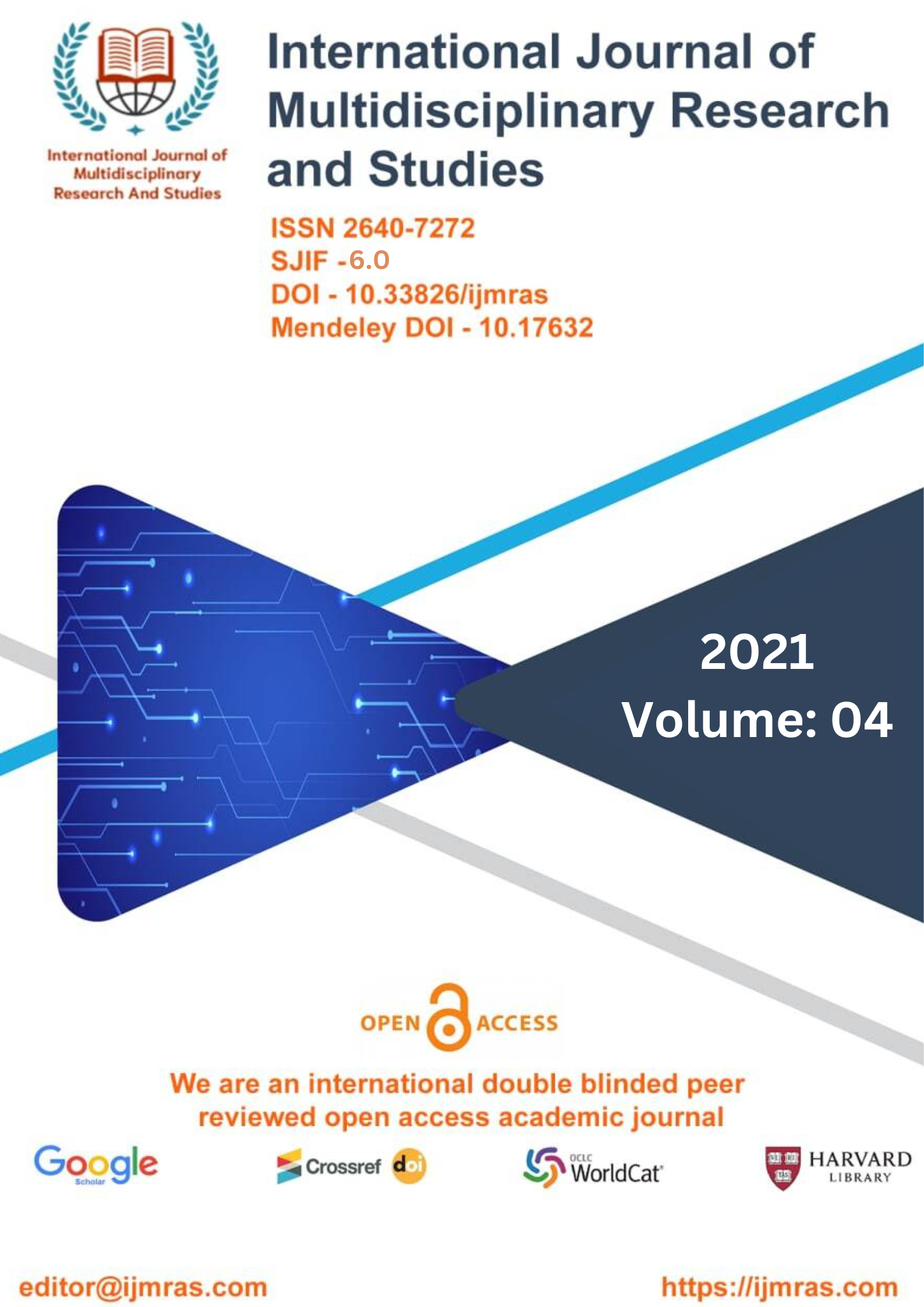INDIAN ENGLISH NON-FICTION (1857-1947)

Abstract
The emergence of Indian authors writing in English is an intriguing phenomenon. It is an affair that is just as fascinating and full of history as the American culture or that of Canada, Australia, or New Zealand. Around the same period, the British were establishing colonies in both North America and India around the year 1600. If the London-based East India Company had been successful in colonizing India, then the Virginia Company would have been successful in colonizing America. This would have led to British imperialism in the future. By the year 1857, the British had taken control of the administration of about three-quarters of India. After that, they entertained the idea of advancing Indian civilization. They also brought the railways, telegraph, and steam engine to India, which coincided with the introduction of the English language as a pan-Indian language. As a result, the process of westernization and modernization of India started out as a project. This massive undertaking has resulted in an increase in both the reading and writing of the English language. The so-called Bengal renaissance, which was spearheaded by prominent thinkers like Raja Rammohan Roy, Ishwarchandra Vidyasagar, Devendranath Tagore, Ramakrishna Paramahamsa, and Swami Vivekananda, amongst others, accelerated the process of westernization in Bengal. These westerners offered their support to Lord William Bentinck, who was serving as Governor-General. In turn, Lord Macaulay, the legal member of the Governor's Council, planned the implementation of English as the primary language of instruction and communication in administrative positions. It was later corrected by Woods'
Dispatch, which made vernaculars the primary language used in elementary education. As a result of the Sepoy Mutiny in 1857, India was included in the British Empire, and Queen Victoria was elevated to the position of Empress.
Keywords
Indian, English, Fiction, RenaissanceHow to Cite
References
Ambedkar, B. R. Annihilation of Caste, New Delhi: Manava Vikas Printers, 1987. Print.
The Untouchables and The Indian Constitution or Mr. Gandhi and the Emancipation of the Untouchables. Bombay: Thacker and Co. Ltd.1943. Print.
Chatterji, Suniti Kumar. World Literature and Tagore. Shantiniketan: Visvabharati Press, 1971.Print.
Gandhi, Mahatma. Hind Swaraj. Ahmedabad: Navajivan Pub. House, 1938. Print.
Radhakrishnan, S. Indian Philosophy. Vol.1 and 2, New Delhi: 1923 and 1927. Print.
Print.
Rammohun Roy, The English Works of Rammohun Roy Allahabad: Panini Office, 1906. Print.
Sri Aurobindo. The Mother. Ed M. P. Pandit. Pondicherry: Aurobindo Press, 1980. Print.
Alphonso-Karkala, J. B. Jawaharlal Nehru. New York: Twayne Publishers, 1975. Print.
Ahir, Diwan Chand. Gandhi and Ambedkar. Jullunduri: Publication Section. 1979. Print.
Biradar, S.S. Indian English Dairies by Freedom Fighters. Agra: Current Publications, 2011. Print.
Home, Amal. Rammohun Roy, the Man and His Work. Calcutta: Sterling Press, 1933. Print.
Iyengar, K. R. S. Rabindranath Tagore. Bombay: Popular Prakashana, 1965 .Print.
Majumdar, Gopa. The Best of Satyajit Ray. New Delhi: Penguin, 1984. Print. Naik, M. K. Perspectives on Indian Prose in English. New Delhi.
Ramakrishna D (Ed). Indian English Prose. New Delhi: Arnold Heinemann, 1980. Print.
Sharma, Chandradhar. A Critical Survey of Indian Philosophy. Delhi: Motilal Banarsidas Publishers, 1960. Print.
License
Copyright (c) 2021 Shiv Shankar Kumar

This work is licensed under a Creative Commons Attribution 4.0 International License.
Individual articles are published Open Access under the Creative Commons Licence: CC-BY 4.0.




